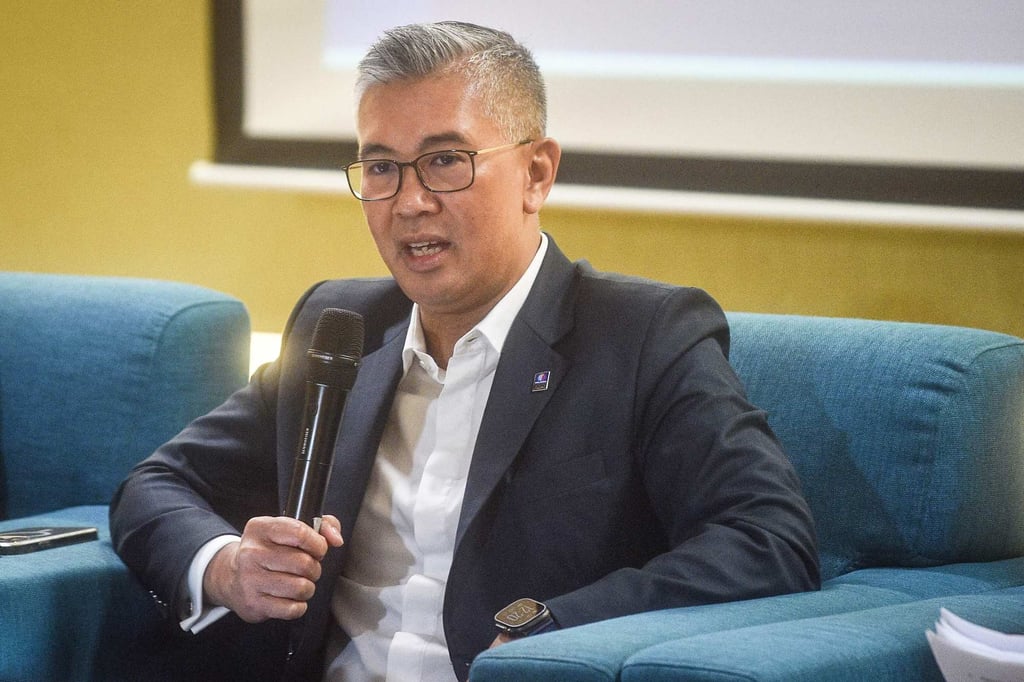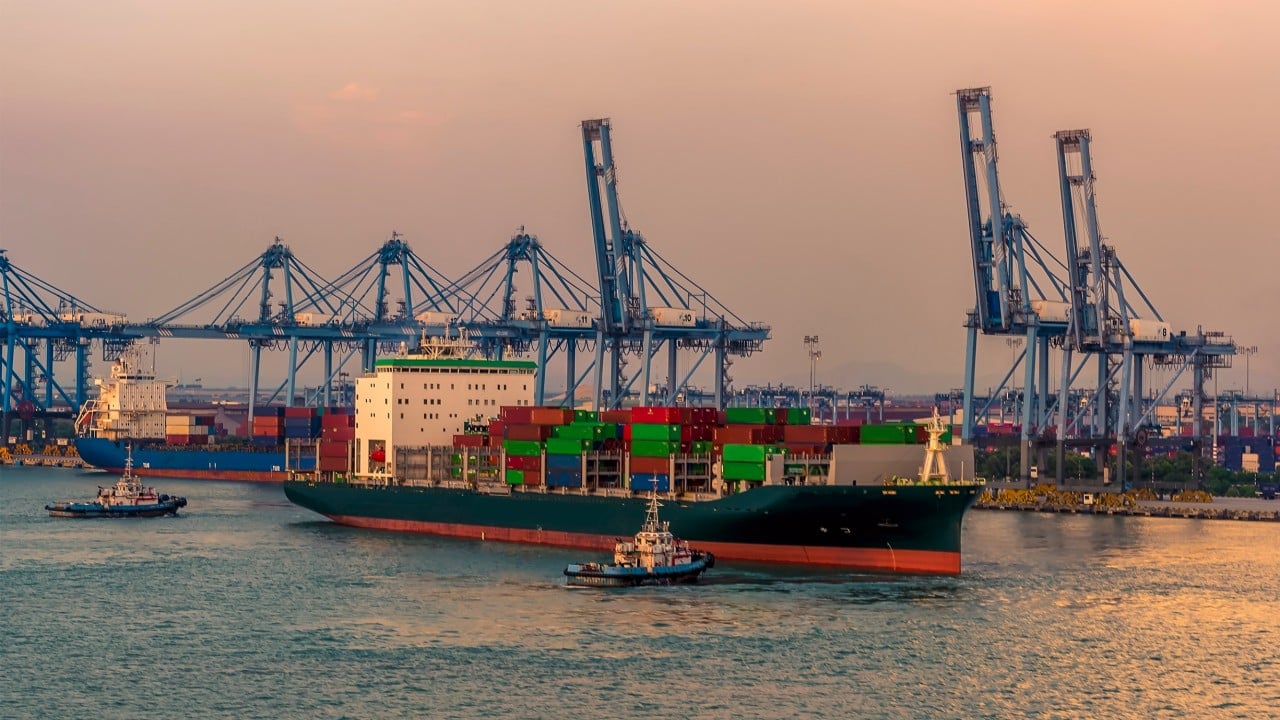Malaysia has made decent progress in the first 30 days of US President Donald Trump’s 90-day pause on his “Liberation Day” tariffs.
Advertisement
The country’s delegation to Washington, led by Minister of Investment, Trade and Industry Tengku Zafrul Aziz, met US officials on April 24 to exchange viewpoints. Apart from tariff-exempted semiconductors and pharmaceutical products, Malaysia’s exports to the US bear the blanket 10 per cent levy, but the spectre of a maximum 24 per cent hangs until both parties reach an agreement. The economy may well avert a steep descent, but Malaysia should prepare its toolkit to face possible fallouts.
Malaysian Prime Minister Anwar Ibrahim convened parliament on May 5 for a special session on the tariffs. His speech to the Dewan Rakyat underscored the priority of negotiating with the Trump administration. Later that day, Zafrul conveyed the White House’s chief contentions: the trade imbalance, US technology security, Malaysian investment in the US, transshipment of US-bound goods through Malaysia, and non-tariff barriers (NTBs) such as halal certification, foreign ownership limits and bumiputra equity requirements. The specifics of the negotiations remain fluid or embargoed by non-disclosure agreements, but Malaysia will assuredly address these sticking points, perhaps padded with imports of American products such as Boeing aircraft.

Global economic uncertainties require governments to secure the people’s trust. While the deal-making commences, the Anwar administration is laudably reporting on progress as it keeps faith with “domestic economic resilience”.
Anwar’s speech emphasised the central oversight role of the National Geoeconomic Command Centre, and forthcoming efforts to buttress exporters, especially small and medium-sized enterprises (SMEs), through RM1.5 billion (US$349 million) allocations for credit guarantees and development finance. The assurance of the highest-level coordination and commitment of new resources to support the affected sectors should allay anxieties, but more details will boost confidence.
Anwar also committed to accelerating the pursuit of regional cooperation and new markets, most saliently the Asean Power Grid, Johor-Singapore Special Economic Zone, infrastructure along the Malaysia-Indonesia border in Borneo, and engagements with the European Union, South Korea, Japan and the Gulf Cooperation Council.
Advertisement
Malaysia has previously leveraged exports to buffer economic shocks, and can draw on its experiences during the global financial crisis and Covid-19 pandemic, when trade surpluses hit RM172 billion in 2008 and RM178 billion in 2021 respectively.
This time round, however, Malaysia may find it harder to export itself out of trouble. The current brewing crisis stems from the US barricading its borders, causing multiple countries to seek alternative markets. These conditions preclude an export surge as a swiftly deployable remedy. Nonetheless, trade and investment agreements should be pursued with resolve, emphasising mutual gains over trade surpluses.

